Marine survey explores the waters of Tristan da Cunha
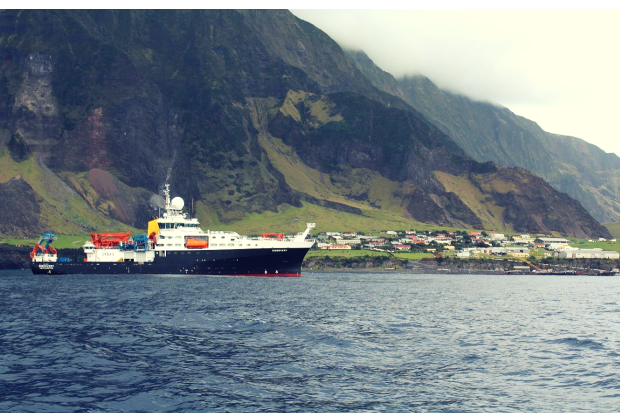
Last month scientists travelled to the world’s remotest inhabited island to survey the marine environment.

Last month scientists travelled to the world’s remotest inhabited island to survey the marine environment.
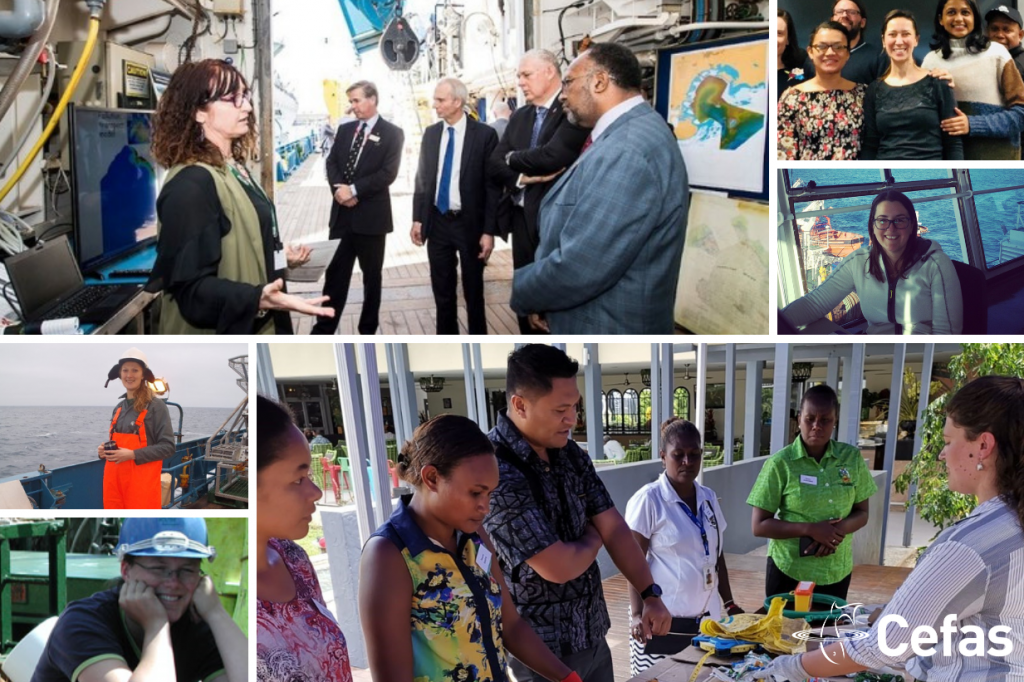
Today is international women’s day! In celebration of the annual event we’re learning more about some of the female scientists in Cefas.
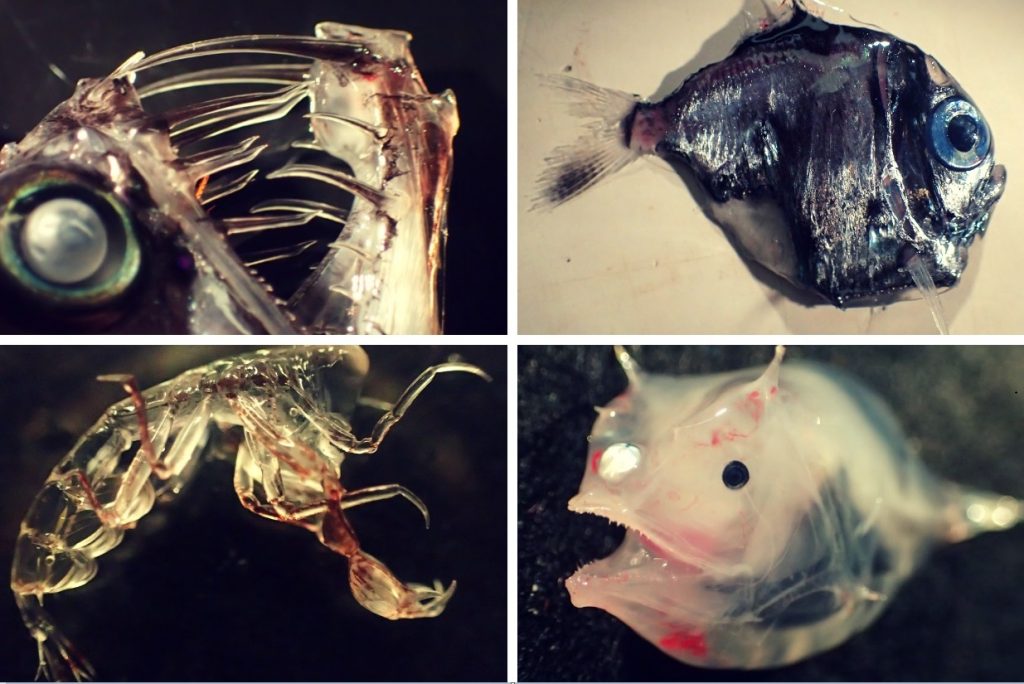
Find out what the team will be doing to study some of the remotest marine environments on Earth.
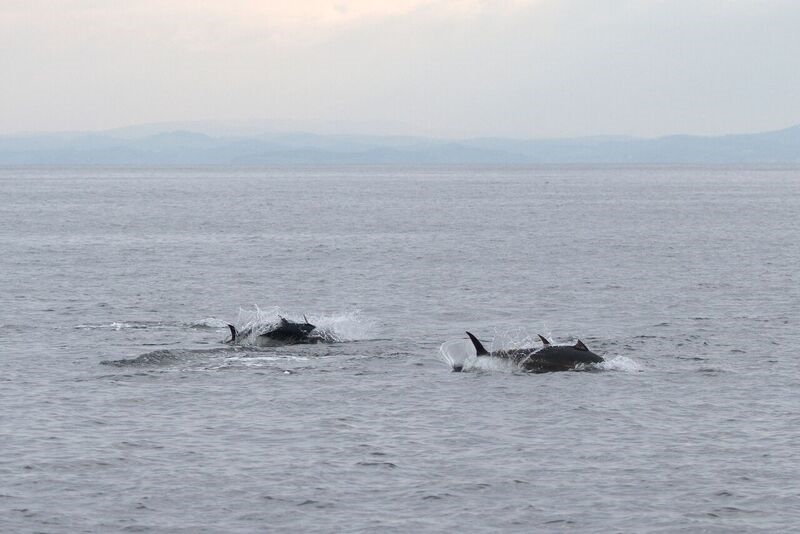
Cefas scientists have teamed up with the University of Exeter to map the distribution and movements of Atlantic bluefin tuna in UK waters. The sightings are coming in thick and fast as the tagging season gets underway. The Atlantic bluefin …
Phil Lamb is investigating the use of DNA sequencing methods to better understand the jellyfish food web. Phil is a second-year Cefas/UEA Strategic Alliance PhD Student based in the School of Biological Sciences, UEA. Fieldwork In carrying out my PhD research I found myself in …
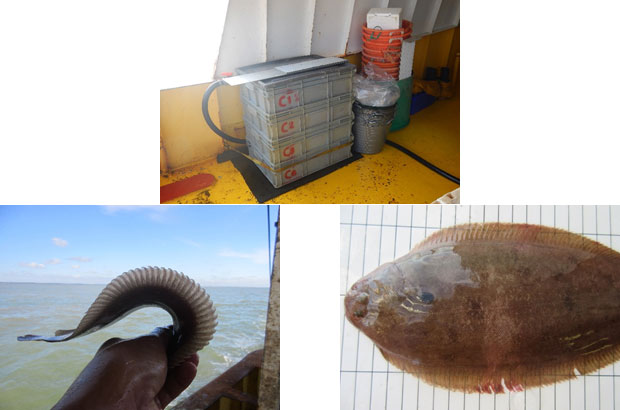
Half of undersized sole survive after being caught and discarded in the English east coast inshore otter trawl fishery, according to preliminary results of research conducted by Cefas scientists. Senior scientist Tom Catchpole provides an update on the survival of …
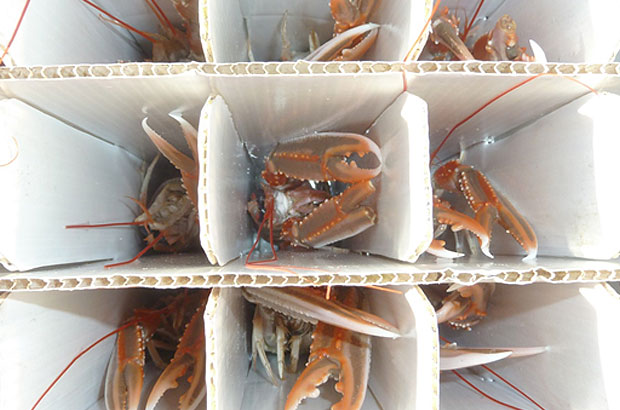
Senior Cefas scientist Tom Catchpole explains why fish are discarded back to the sea, and what happens to them.
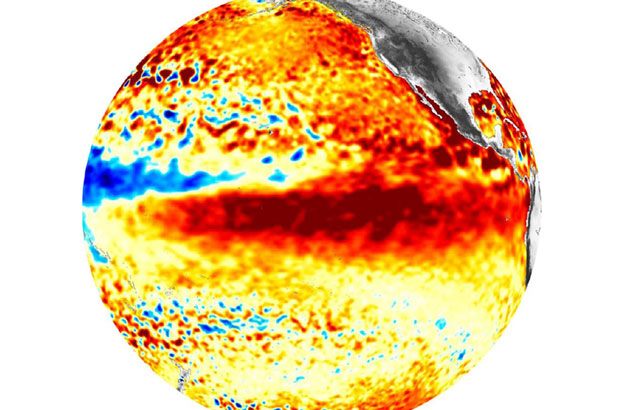
Evidence is emerging that the devastating outbreaks of Vibrio disease recently witnessed in Latin America are linked to significant El Niño events. New research using the latest microbial and genomic tools is providing a fresh insight into how El Niño …
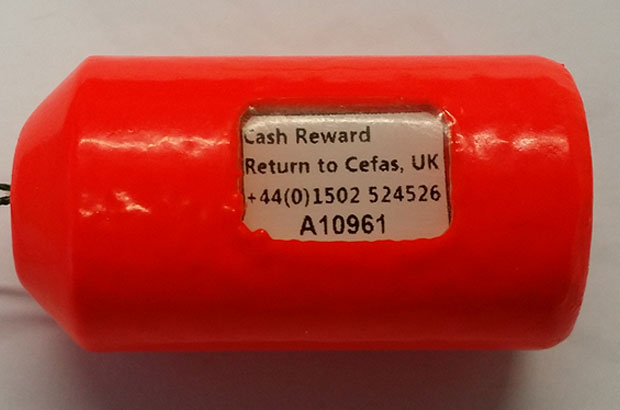
My last post described how both the UK (Cefas) and France (Ifremer) have been tagging sea bass with electronic data storage tags (DSTs). We’re doing this to learn about their behaviour and migration patterns.

...to predictable fisheries discards Carp edema virus/koi sleepy disease: An emerging disease in central-east Europe Evaluating conservation and fisheries management strategies by linking spatial prioritization software and ecosystem and fisheries...